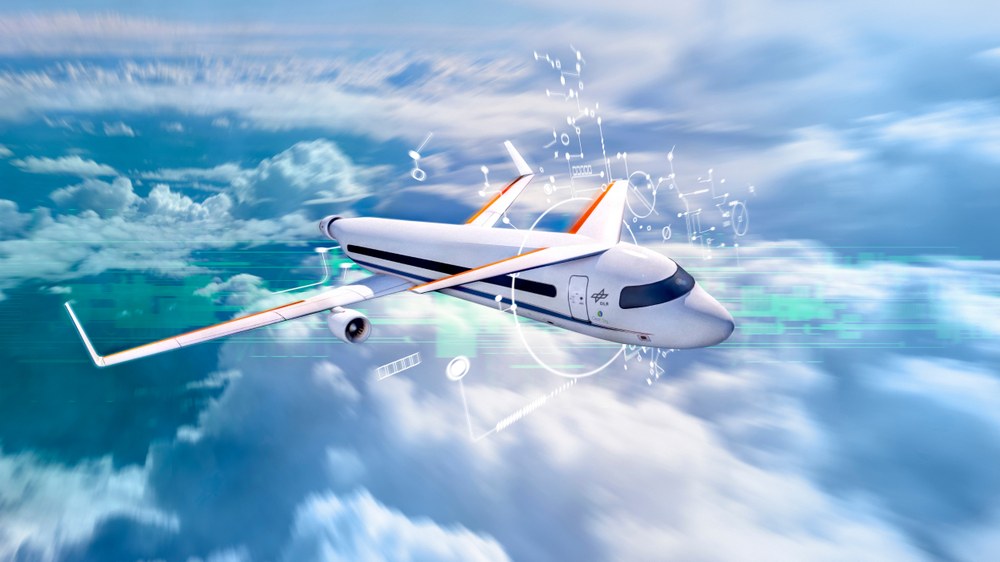Business area Wing

The vision of electric flight opens up completely new possibilities for equipping the wing with new and diverse functionalities. New concept studies are designing and evaluating electric aircraft that are lighter and significantly lower in emissions than their predecessors. The focus is even on emission-free flying. There are configurations in which the drives are distributed, with the tailplane at the front and the vertical stabiliser at the wingtips.
The Wing business area is embracing the vision of emission-free mobility and supporting intelligent lightweight system construction for tomorrow. It conducts numerous research projects that investigate the potential of new wing design and develop the optimum wing for the aircraft of the future, such as the DLR-funded research project ExACT (Exploration of Electric Aircraft Concepts and Technologies). This project is a multidisciplinary concept study on new types of air transport systems, taking into account noise, climate impact and product and energy life cycles. Our institute is focussing on the digital and holistic design process of the structural components. The goal is an electric aeroplane with 70 seats and a range of 2,000 km. Around 50 DLR scientists are conducting research in the ExACT project.
As part of the European research programme Horizon 2020/Clean Sky 2, the HLFC-Win (Hybrid Laminar Flow Control on the Wing) project aims to reduce drag. Future wings are expected to be smaller and smarter. Suction systems for laminar flow control and other active systems are integrated into the wing.
One research project of the aviation research programme, the ELWIS-Alive project (automated fibre laying and infusion processes for wing shell production), focuses on the cost- and resource-efficient production of wing components. The findings of this project help to reduce emissions before aircraft enter service.
In the future- and application-orientated business field of wings, the topics range from preliminary design tools for the rapid design of modern wings to experimental studies on individual components of current wing structures.
